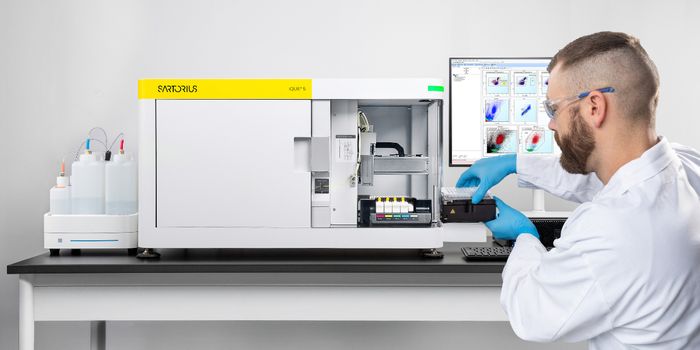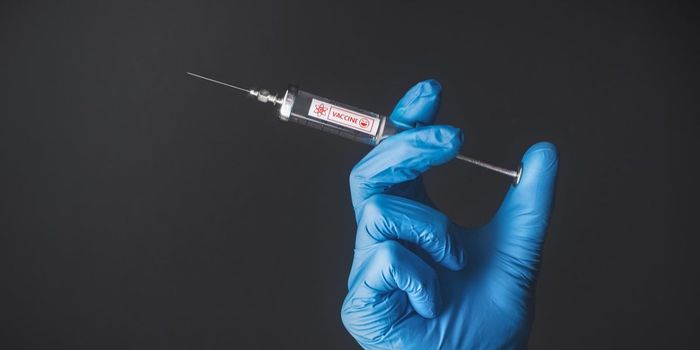Glioblastoma is one of the most aggressive cancers in the world. There is constant research into the causes of these tumors, which are almost always fatal. For the past decade or so, researchers have completed studies that show a link between the tumor cells found in glioblastomas and other glial tumors and cytomegalovirus (CMV). It was a valid area of research because it was known that cervical cancer is caused by the HP virus and lymphoma is related to the Epstien-Barr virus. Researchers were looking for any avenue that could lead to treatments. New evidence from Johns Hopkins however has found no link between glioblastomas and CMV after an "exhaustive" analysis.
Angelo M. De Marzo, M.D., Ph.D., professor of pathology, oncology and urology at the Johns Hopkins Kimmel Cancer Center stated, “We have found no evidence of CMV in these tissues, and if there is no virus, targeting that virus to affect cancer using antiviral drugs or tailored vaccines doesn't make biological sense.”
The Johns Hopkins team was quick to stress that their most recent findings will require further study. While it would be a major breakthrough to find that a common virus is related to glioblastomas because it could lead to anti-viral treatments for the deadly disease, the work they have recently completed does not show a strong link.
So what did the researchers at Johns Hopkins look at to come to this conclusion? They tested tumor and tissue samples from 99 adults and 26 children who volunteered to donate samples for the study. All of the participants had glioblastomas or other “high grade gliomas". The tissues samples were prepared and stored in a variety of ways and that allowed them to be analyzed thoroughly with a few different methods.
Some of the tissues were stored as fresh frozen tissue, and some were encased in paraffin wax blocks and fixed with formalin which is known as FFPE. In addition some were on standard slides and others were arrays of several different bits of tissue in one sample. Having the tissue and tumor samples in so many forms was what allowed the researchers to conduct such a complete study.
The analytical techniques used to look for CMV included the fresh frozen tissue being subjected to real-time PCR (a technique used to amplify copies of CMV's viral DNA) or chromogenic in situ hybridization, a technique that looks for the presence of specific nucleic acids that make up DNA. The FFPE samples and those in a tissue microarray underwent immunohistochemistry, a process that looks for certain CMV-derived proteins. Using one or more of these methods on all of the tissue samples, meant that a high level of confidence in the results could be obtained.
Blood samples were also taken from patient volunteers who had been recently diagnosed with glioblastoma but had not yet begun treatment. These samples were tested with the IgG avidity index which can detect the presence of antibodies or previous infections. The number of patients that had signs of CMV in their blood was essentially the same as in the general population and none of those who tested positive for CMV were found to have it in their tumors. While larger numbers of tissue samples will have to be similarly tested to definitely rule the CMV-Glioblastoma connection, this project was significant because it can lead investigators to look at other factors if the connection to CMV is now in question. The video below explains more about glioblastomas and why they are so difficult to treat, check it out









